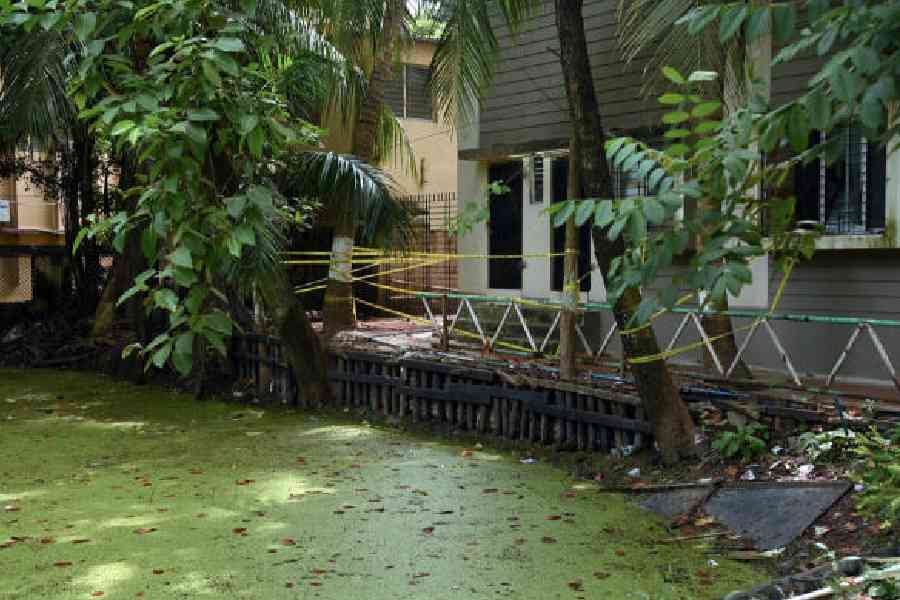If you have been having pain in your lower back, one of the reasons for it could be kidney stones. Typically, this severe abdominal pain radiates from the back downwards (loin to groin), and is not relieved by change in position, local pressure or OTC analgesics. The pain may, however, shift in location as the stone moves down the urinary tract.
The kidneys form urine, which is excreted via the ureters to the bladder and voided outside through the urethra. Most of the urine, 95 per cent to be exact, is water. The remaining 5 per cent is minerals and organic and inorganic waste products formed in the body. Normally, these compounds remain dissolved in the urine. However, if the compounds are produced in excess for some reason or the urine is too concentrated because of a lack in fluid intake, the compounds (calcium, uric acid, struvite, cysteine or mixture of these) can precipitate anywhere along the urinary tract. Small seedling crystals then form, eventually club together and result in kidney stones.
Stones can occur at any age but are more common in adult males between the ages of 40 and 70. Women are prone to developing stones during pregnancy and after menopause. It can also run in families, especially if there are inherited abnormalities in the urinary tract or metabolic abnormalities such as renal tubular acidosis or gout (uric acid stones).
Apart from the pain, the urine may be also high coloured or blood stained. Secondary infection can cause fever and chills.
Some stones (calcium and mixed) are visible in an X-ray of the abdomen. Imaging studies with an ultrasound, CT scan or intravenous pyelogram (study after injecting dye) may be required to confirm the number of stones and their exact location.
Calcium stones are formed when there is an excess of calcium oxalate in the urine. This compound is naturally found in greens, beetroot, fruits, nuts and chocolate. Cola beverages contain excess phosphates, which makes calcium oxalate insoluble.
Uric acid stones form in people with gout. This is an inherited condition that affects males. Uric acid levels can be controlled by reducing red meat intake (portion size should be no larger than a deck of cards), making the urine alkaline and taking medication.
A long-standing urinary tract infection causes the formation of struvite stones. Infections should be treated aggressively. Long-term maintenance treatment with low dose antibiotics may be required to prevent re-infection.
The risk of developing stones increases if there is a family history. If a person has already had a stone then another may form within seven years. Dehydration, or habitually not drinking enough water, causes urine to become concentrated and predisposes a person to stone formation. Other avoidable risk factors are a high protein diet, increased sugar and salt consumption, pregnancy and obesity. Gastric by-pass surgery, chronic diarrhoea, some anti-epileptic and migraine medication have a similar effect.
Small stones will usually come out on their own with enough hydration and pain relief pills. Large ones may require lithotripsy, lithoscopy or surgery.
Reduce risk of stones:
l Drink at least 2-2.5 litres of water a day. Adding a few drops of lemon juice to the water makes calcium more soluble.
• Reduce salt intake to ½ tsp (2.5gm) a day.
• Reduce sugar to less than 9 tsp/day in men and 6 tsp/day in women.
• Too little calcium (less than 1000mg/day and less than 800 IU of vitamin D) after the age of 50 can lead to stone formation. Too much also has a deleterious effect.
Dr Mathai is a paediatrician and author of StayingHealthy in Modern India. Mail your questions to yourhealthgm@yahoo.co.in










